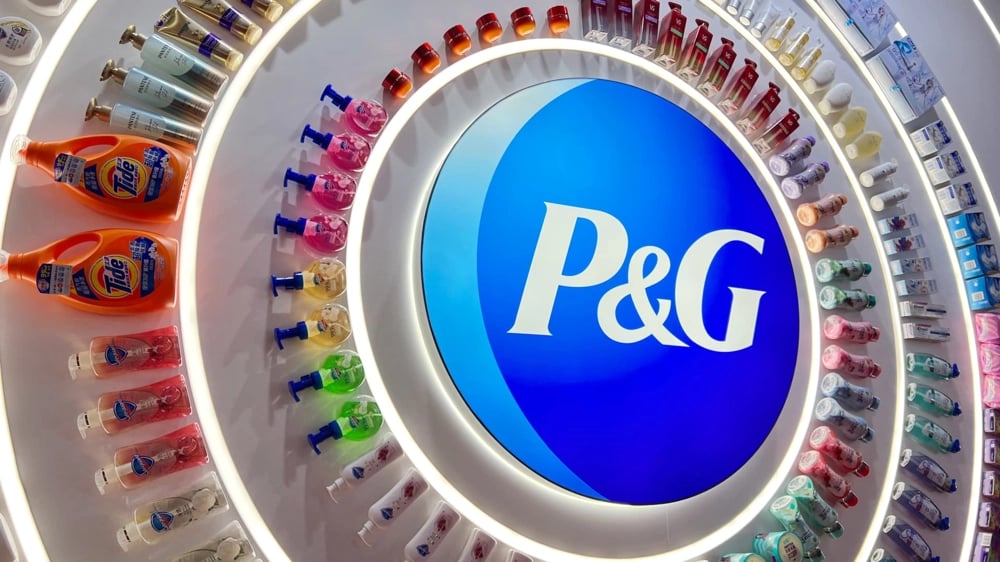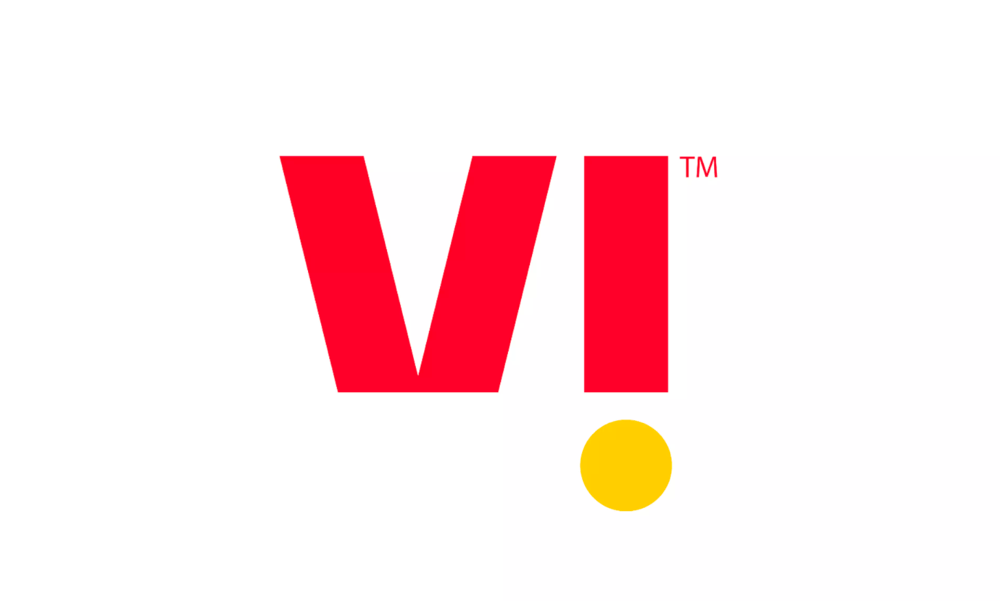US Medicare and Medicaid Services to Launch Price Negotiations for 15 New Drugs in 2026: What This Means for the Pharmaceutical Industry
In a move that has significant implications for the pharmaceutical industry, the Centers for Medicare & Medicaid Services (CMS) in the United States announced on Monday that it will soon unveil a list of 15 prescription drugs eligible for price negotiations under the Medicare program. This initiative is part of a broader effort to bring down drug costs for millions of American seniors and other Medicare beneficiaries.
For the first time, the negotiations will include drugs covered under Medicare Part B, which covers medications administered by healthcare providers, such as those given in a doctor’s office or hospital. Historically, price negotiations were limited to Medicare Part D drugs, which are typically self-administered medications. This new move is expected to mark a significant shift in how pharmaceutical prices are set in the US, challenging the interests of major pharmaceutical companies.
Understanding the Broader Implications of Medicare Price Negotiations
The inclusion of Medicare Part B drugs in the negotiation process is a game changer in the healthcare landscape. It means that medications administered directly in healthcare settings, like cancer treatments or infusion therapies, will now be subject to government price negotiations, creating more opportunities for savings for both consumers and the federal government.
Key Takeaways from the New Price Negotiation Announcement
Broader Scope of Drugs: This will mark the first time that Medicare Part B drugs, including injectable or infusible drugs that are typically provided in hospitals and outpatient clinics, are included in price negotiations. This significantly expands the scope of the program.
Inclusion of High-Cost Drugs: Many of the drugs under Medicare Part B are high-cost treatments for chronic diseases such as cancer, rheumatoid arthritis, and other serious conditions. This will likely lead to significant cost reductions for many high-priced medications.
Increased Pressure on Pharma Companies: With the government now negotiating the prices of a broader range of drugs, pharmaceutical companies may face increased pressure to justify their pricing models. This may lead to changes in how drug pricing is structured going forward.
Potential Savings for Medicare Beneficiaries: By negotiating prices for high-cost drugs, the program aims to lower out-of-pocket expenses for Medicare recipients, helping reduce the financial burden on seniors and other vulnerable populations.
The CMS plans to release the names of the 15 drugs that will be part of the negotiations by February 2026, which is likely to spark more debate over the role of government intervention in the pharmaceutical industry.

The Long-Term Effects of Medicare Price Negotiations on the Pharmaceutical Market
While the immediate benefits of drug price reductions may be welcomed by Medicare beneficiaries, the broader impact on the pharmaceutical industry could be far-reaching. Price negotiations, especially with the inclusion of Medicare Part B drugs, could change the entire pricing ecosystem within the U.S. healthcare system.
Key Considerations for Pharmaceutical Companies
Revenue Impact: Drug manufacturers that depend heavily on sales to Medicare beneficiaries may face a reduction in revenue if their drugs are selected for price negotiations. The reduced prices could lead to a decline in profits, particularly for specialty drug makers with products that command high prices.
Innovation and R&D Concerns: Critics of government price negotiations argue that lowering drug prices could stifle innovation. With potentially lower profit margins, pharmaceutical companies might cut back on research and development for new treatments, potentially slowing down the development of groundbreaking therapies.
Market Shifts and Competition: The inclusion of Part B drugs in the price negotiations could spur greater competition among drug makers, as lower prices might drive more healthcare providers to use alternative, lower-cost medications. This could lead to a shift in market dynamics, with companies focusing on lowering prices to maintain their market share.
Legal Challenges: The new drug price negotiation program could face legal challenges from pharmaceutical companies, especially those whose drugs stand to be heavily affected by the new regulations. These companies may argue that government price-setting violates their intellectual property rights or disrupts market forces.
The Political and Economic Context of Drug Price Negotiations
This initiative forms part of a broader push by the Biden administration to make healthcare more affordable and to address the high cost of prescription drugs in the U.S. Historically, the U.S. has been an outlier among developed nations in allowing drug prices to be set by the market, without any form of government intervention. The government’s decision to take a more active role in pricing could be seen as a critical step toward reining in healthcare costs, which have been a growing concern for many Americans.
While the measure is expected to generate savings for consumers and Medicare, it could spark fierce political battles, with both pharmaceutical companies and lawmakers from certain states pushing back against what they see as an overreach by the federal government.

Looking Ahead: What to Expect from Medicare's Price Negotiation Process
As the deadline for unveiling the list of drugs approaches, it’s clear that the future of Medicare drug negotiations will be closely watched by all sectors of the healthcare industry. The inclusion of Medicare Part B medications is just the beginning, and more comprehensive negotiations are expected to unfold in the coming years.
Key Questions for the Future
How Will Negotiations Impact the Prices of Specialty Drugs? With high-cost therapies like cancer treatments often covered under Medicare Part B, the government will need to balance affordability with the need to encourage ongoing innovation in drug development.
What Will the Response Be from Pharmaceutical Companies? Drug makers will likely lobby hard to protect their pricing structures. How the government responds to such lobbying efforts will be a defining aspect of the program’s success.
Will Medicare Beneficiaries See Immediate Benefits? While the program’s long-term effects may take time to unfold, the next few years will provide an opportunity to assess the impact of price reductions on seniors' overall healthcare costs.
Could This Lead to Further Policy Changes? If this initiative proves successful, it could set the stage for further government interventions in drug pricing, including the expansion of price negotiations to include more drugs covered by other parts of Medicare.
Conclusion: A Turning Point for Medicare and the Pharmaceutical Industry
The announcement by CMS represents a major shift in the U.S. healthcare system, potentially reshaping how drugs are priced and negotiated. By extending the scope of price negotiations to Medicare Part B, the government is taking a more active role in controlling healthcare costs, a move that will benefit seniors and vulnerable populations.
However, the move also sets up a complex dynamic between the government and pharmaceutical companies, who may resist the changes. In the coming years, all eyes will be on the unfolding negotiations, as they could serve as a model for future drug pricing reforms across the healthcare industry.















Comments